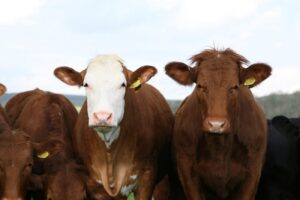 In 2024, the Avian “Bird Flu” has flown the coop to infect dairy cows!
In 2024, the Avian “Bird Flu” has flown the coop to infect dairy cows!
Or, so says the CDC:
A multistate outbreak of HPAI A(H5N1) bird flu in dairy cows was first reported on March 25, 2024. This is the first time that these bird flu viruses had been found in cows.
The USDA says:
Highly pathogenic avian influenza (HPAI) H5N1 in the hemagglutinin clade 2.3.4.4b,” the virus associated with the dairy cow outbreak, was first detected in a Texas dairy cow on March 25, 2024. Since then, there have been 172 confirmed cases of infected dairy milking cows in 13 states.
The CDC states that today’s suspicious strain of “Bird Flu” is known to cross the species barrier in poultry, dairy cows, as well as in dairy workers! That’s three different species!
Why lump humans into animal categories, unless the government considers humans part of the herd?
The CDC claims only 13 humans have been “infected.” According to the CDC, Bird flu in humans is rare. But, always a source of contradiction, CDC also claims Bird Flu could cause a human pandemic.
The Species Barrier
The species barrier still exists, even if the definition has been scrubbed from the Internet! Read more here. The UK Dictionary once defined it as:
The natural mechanisms that prevent a virus or disease from spreading from one species to another.
 The ‘species barrier’ explains why certain species of animals are not affected by a given infectious agent or parasite. It also describes the phenomenon of natural genetic resistance to pathogens. In general, a pathogen may encounter three successive lines of defense in attempts to infect or parasitize a potential host:
The ‘species barrier’ explains why certain species of animals are not affected by a given infectious agent or parasite. It also describes the phenomenon of natural genetic resistance to pathogens. In general, a pathogen may encounter three successive lines of defense in attempts to infect or parasitize a potential host:
- first, the pathogen has to encounter the host animal;
- next, the pathogen has to penetrate the body, overcoming mechanisms of nonspecific, natural, constitutional or innate resistance;
- the pathogen may also face specific, adaptive or acquired resistance.
In other words, the species barrier makes animals, including humans, capable of resisting major infections. Such a concept explains the strength and power of an individual immune system. However, this would not apply when a substance breaks through the protective skin barrier, say, through an injection.
We don’t catch diseases, we create them by breaking down the natural defenses according to the way we eat, drink, think and live. – Dr. Constantine Hering, Father of American Homeopathy, Hering’s Law of Cure
Culling of Livestock is Common Practice
Whether designated “beef,” “poultry” or “dairy,” if an animal is deemed to be infected with bird flu, what follows is a mass extinction event of the herd and the subsequent elimination of the food supply.
According to Farm Policy News, today, states known for diary and beef herds are reporting higher death rates among cattle. And yet, the USDA insists the meat supply is safe.
Why suggest the flu results in immediate death by culling?
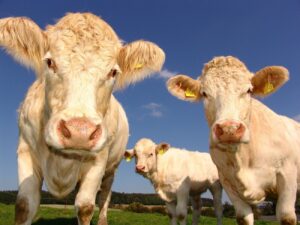 Why? Because every few years, the government justifies livestock depopulation. During the 2020 human pandemic, animal culling promoted vaccination as a viable option for animals [and for humans, as well].
Why? Because every few years, the government justifies livestock depopulation. During the 2020 human pandemic, animal culling promoted vaccination as a viable option for animals [and for humans, as well].
In 2020, chicken flocks were targeted. Covid-related slaughterhouse shutdowns resulted from killing millions of animals. Chickens were “most at risk” followed by piglets. Five years earlier, in 2015, nearly 100,000 head of dairy cows were culled, compared to 2014, when 2000 were euthanized. During 2014-2015, 50.4 million birds in 21 states were killed as “the nation’s largest animal health emergency.”
Official 2019 Guidelines for the euthanasia of animals was established in “response to natural or human-made disasters”… “in as humane a manner as possible.”
Yet, more than 10 million hens (at chicken or egg stage) and 10 million pigs were culled by suffocation.
In the Netherlands, the COVID virus was blamed for the culling of minks on mink farms, as a viral reservoir for human infection. Spain culled nearly 10,000 farmed mink. What was the rationale for the culling of mink?
Rationale for Culling
…these mutations might negatively impact the deployment of anti-coronavirus disease 2019 vaccines. – Journal New Microbes New Infect. 2o20 Nov
The authors of the 2020 study asked, “is it (culling of animals) a precautionary attitude or a panic-driven overreaction? These questions were never answered despite a 2022 CDC MMWR study documenting 75% of COVID deaths were related to the COVID shot.
A second rationale for culling is the growing industry of alternative meat products. The extinction of livestock (real meat) will necessitate the production of an alternative meat. Would that be fake meat? Crickets anyone? What about the controversial mRNA technology that now targets livestock?
Is the meat supply safe from Bird flu, but not mRNA, unless you know your farmer?
Fear Dismantles Food Supply Chains
Fear is commonly observed in the face of a pandemic. However, fear and panic should not be the drivers because they lead to irrational reactions. Culling millions of animals with no evidence of actual danger but simply on the basis of fear is setting up a dangerous precedent. – Journal New Microbes New Infect. 2020 Nov
In 2020, the ‘depopulation’ of the food supply happened despite food banks across the US reporting extreme demand and widespread hunger during the pandemic, “with six-mile-long queues for aid forming at some newly set up distribution centers.“
More than 52 million birds in 46 states were culled in 2022. In 2015, more than 50 million birds were culled during that Bird Flu outbreak.
Any Excuse Will Do
In 2023, ranchers said the killing of 19 feral cattle by helicopter in a New Mexico wilderness area was inhumane. [Note: Feral refers to freely roaming animals]. Yet, ground-based and aerial removal efforts, since October 2021, have substantially reduced the feral cattle population, even without blaming Bird Flu.
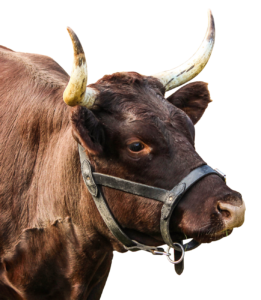 Does Bird Flu sound like a bunch of bull?
Does Bird Flu sound like a bunch of bull?
Long before culling Guidelines, in 2014, under the Obama presidency, the Dept. of Agriculture had killed 2,713,570 animals, of 319 different species. A 2015 article in Mother Jones stated:
much like the actual kill list—the USDA’s operations are shrouded in secrecy, prone to collateral damage…The contradictions can be glaring.
To wit, the USDA killed cats (730) to save rats, but if you’re scoring at home, it also killed 1,327 black rats, 353 Norway rats, 74 Hutia rats, 7 Polynesian rats, 4 bushy-tailed woodrats, and 3 kangaroo rats. It slaughtered more than 16,500 double-breasted cormorants to save salmon. It’s shooting white-tailed deer (5,321) to save various plant species and the small fauna, like rabbits, that eat them. But the woods aren’t safe for Thumper either—the agency bagged 7,113 cottontail rabbits, plus assorted varieties of jackrabbits, swamp rabbits, and feral pet rabbits. The USDA killed 322 wolves and 61,702 coyotes to save livestock, perhaps in an attempt to atone for the 16 unspecified livestock it killed by accident.
Can humans justify killing some animals to save others if humans are part of Nature? The decision to cull the flying fox in 2015-16 resulted in its addition to the endangered species list in 2018.
Humans make mistakes.
If any excuse can result in the official culling of livestock, or freely roaming animals, and flying creatures, then does government-sponsored euthanasia of animals also include the human species?
Related articles:

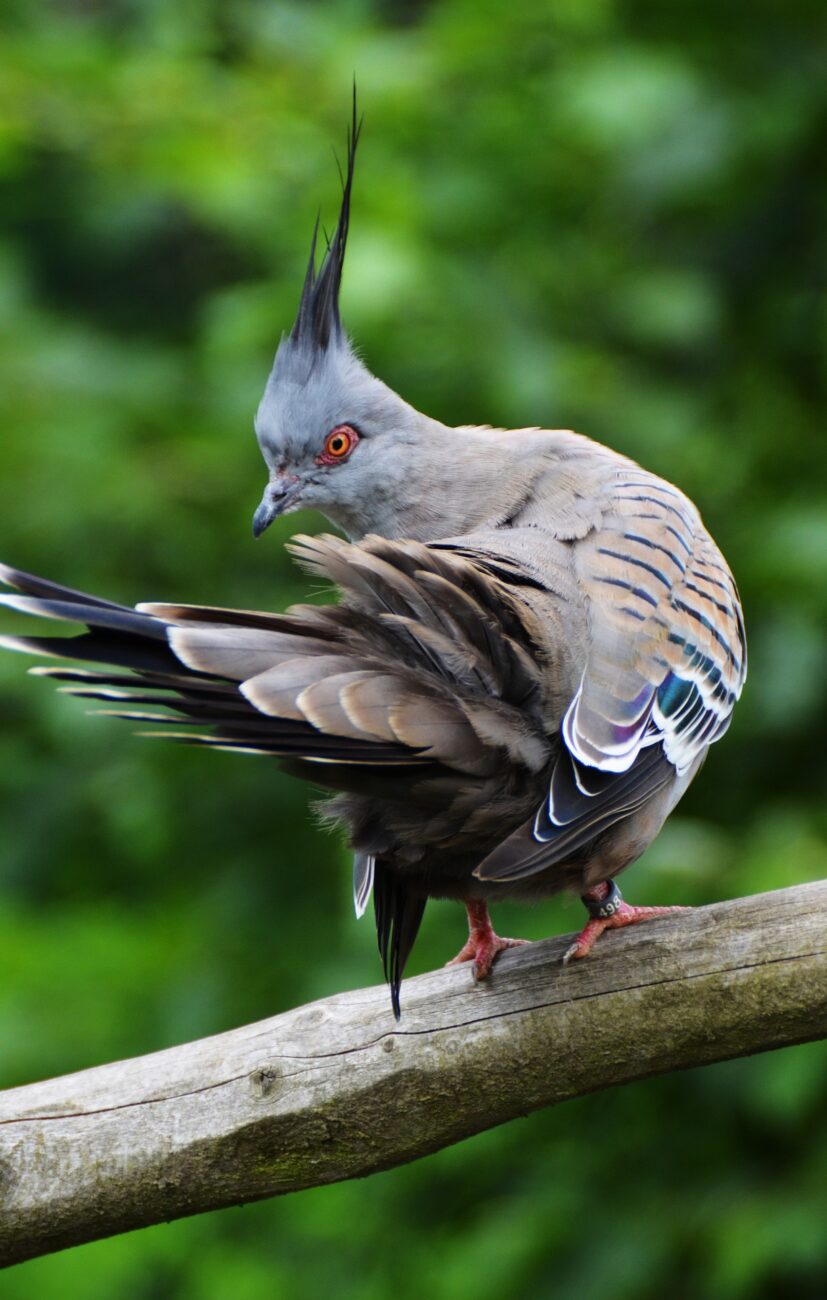


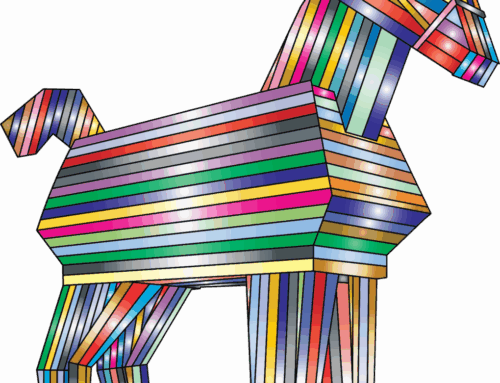
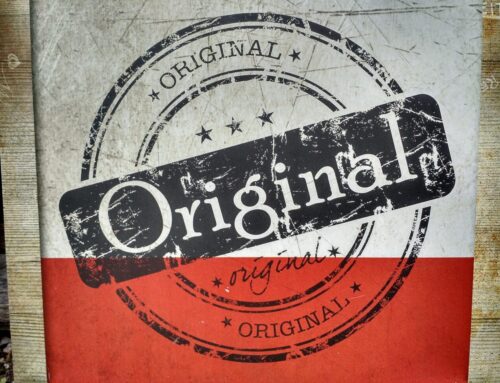
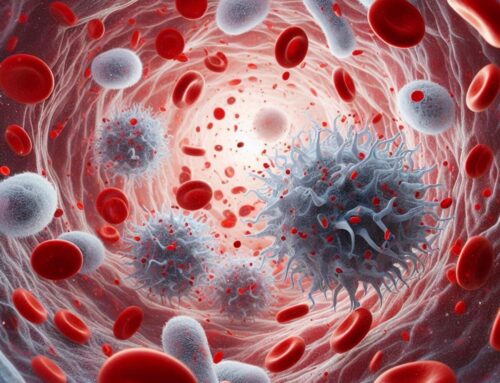

Excellent article. Thank you, Rosanne.
Thanks, Elaine!